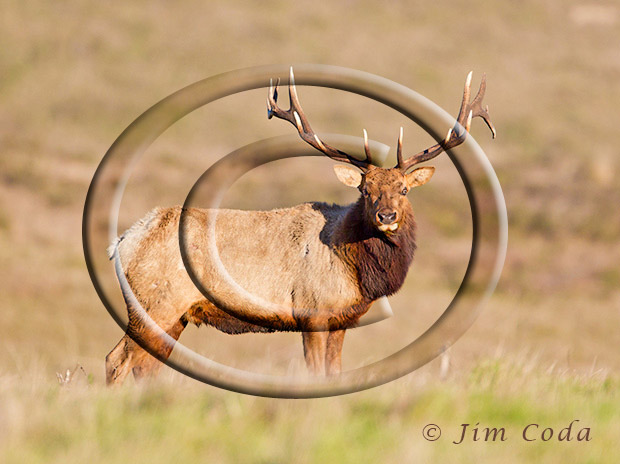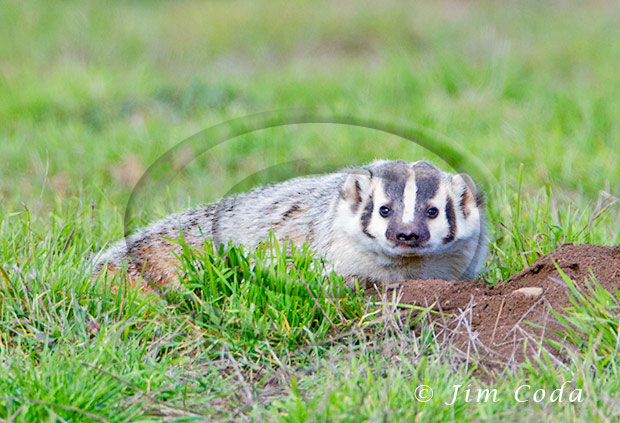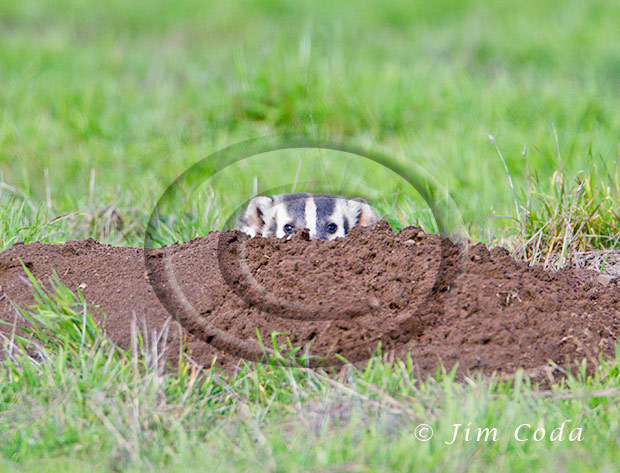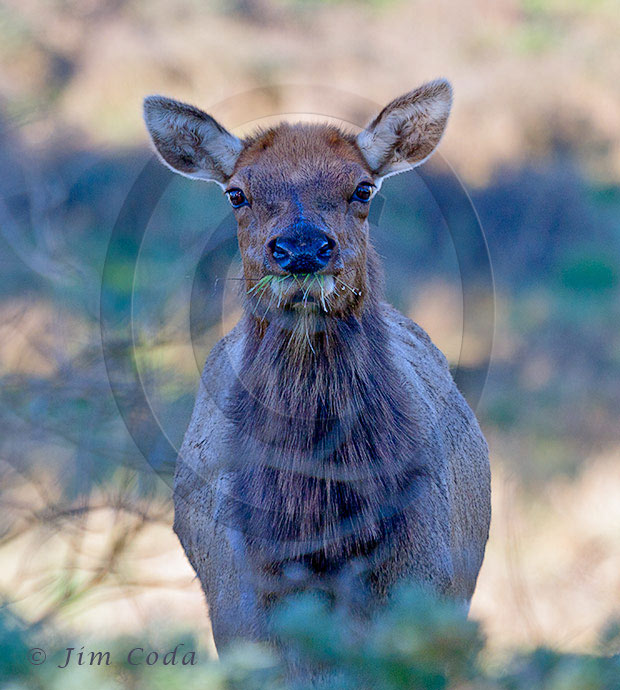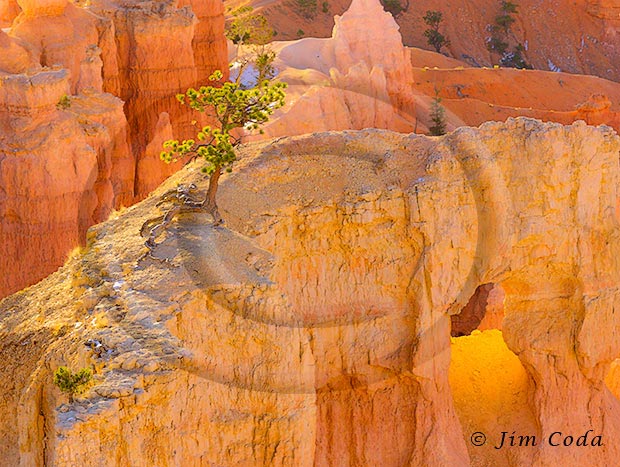Season’s Greetings from Yellowstone National Park

I put a “Season’s Greetings” at the end of the elk post yesterday. After I posted it I decided I needed to come up with something more “Christmas-like” and I removed the holiday greeting. Here’s what I came up with.
I photographed this wolf in the Lamar Valley in February of 2008. I’m not sure, but it may have been #302M, also known as “Casanova,” who died in October of 2009. He was the star of Bob Landis’ film, “In the Valley of the Wolves.”
Happy Holidays.
